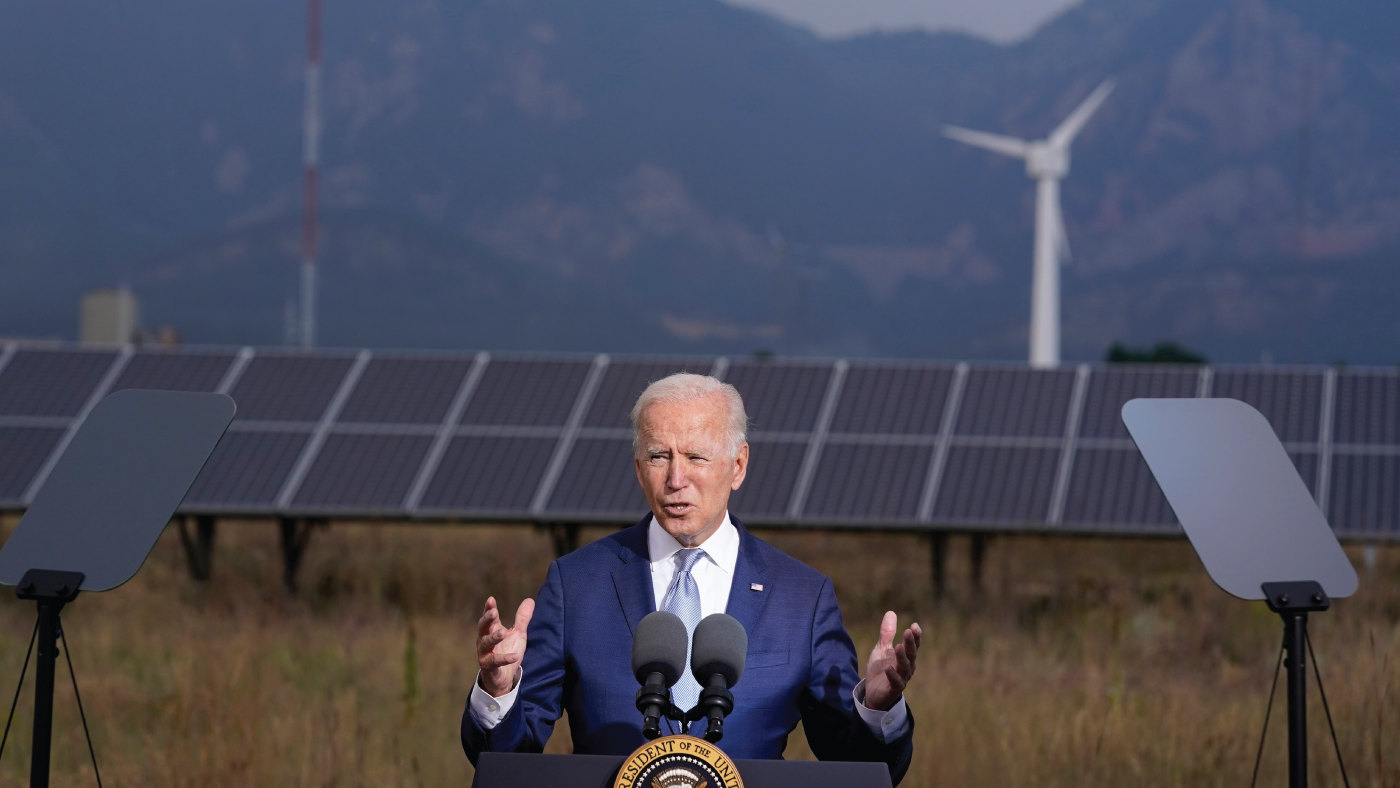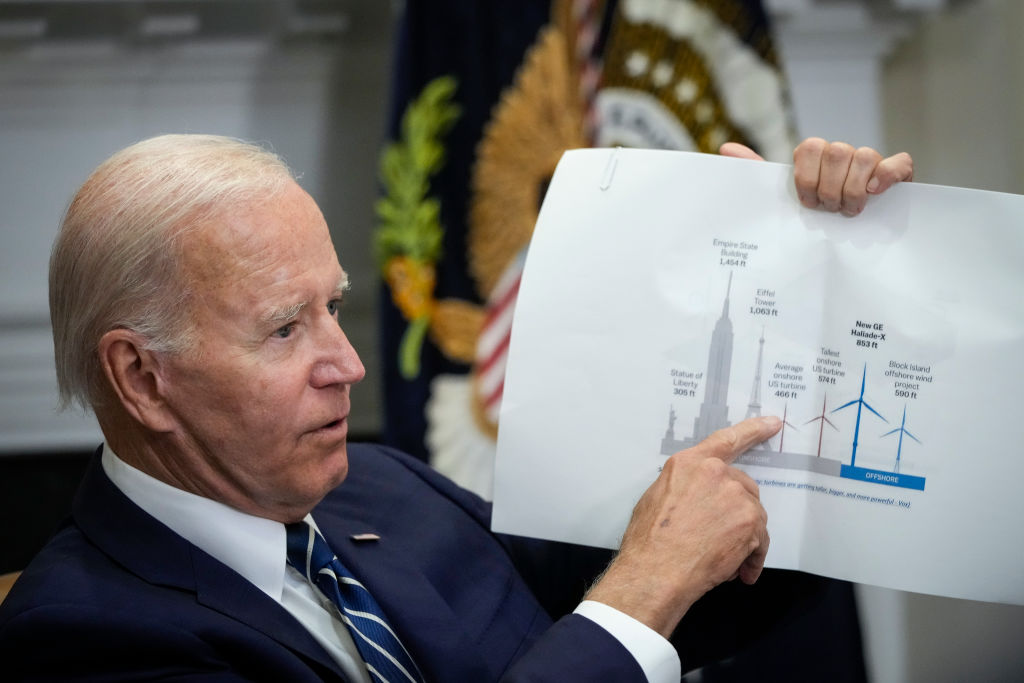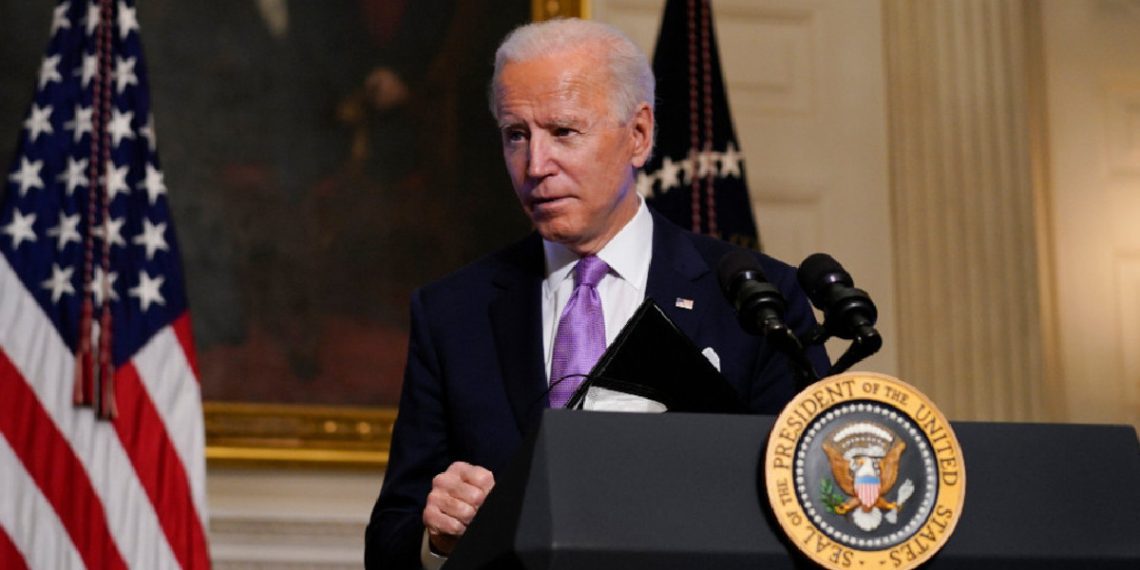The Biden administration recently adjusted its climate regulations, aiming to halve greenhouse gas emissions by 2030. Alterations in auto emissions standards and CO2 curbs for natural gas-fired power plants reflect industry influence and political pressure.
Experts argue these changes won’t drastically hinder emission reduction goals, relying on a shift to renewable energy.
The US, a major carbon emitter, seeks to decarbonize through regulation and subsidies, crucial for its climate commitments. While eased regulations raise concerns, experts suggest they still yield significant emission cuts. The focus now shifts to accelerating renewable energy deployment, particularly in power generation.

Efforts to meet emission targets rely heavily on transitioning to renewable energy sources, essential for supporting electric vehicle adoption.
The $400 billion Inflation Reduction Act (IRA) drives investment in wind, solar, and electric vehicles, acting as a catalyst for decarbonization.
Pre-IRA projections showed a shortfall in emission reduction targets. However, recent analyses suggest the US is now on track to achieve a 42% reduction by 2030. Yet, challenges remain, including financing renewable projects and overcoming regulatory hurdles like permitting and transmission infrastructure.

States play a vital role in bolstering renewable energy policies and supporting electric vehicle adoption. Federal reforms are underway to expedite the interconnection process and expand transmission infrastructure, important for integrating renewable energy into the grid.
As renewable energy investments ramp up across states, strengthened policies and infrastructure improvements are pivotal in achieving emission reduction targets.
Collaborative efforts between federal, state, and local governments, alongside private sector investments, are essential for navigating the complexities of climate policy and achieving ambitious emission goals.





